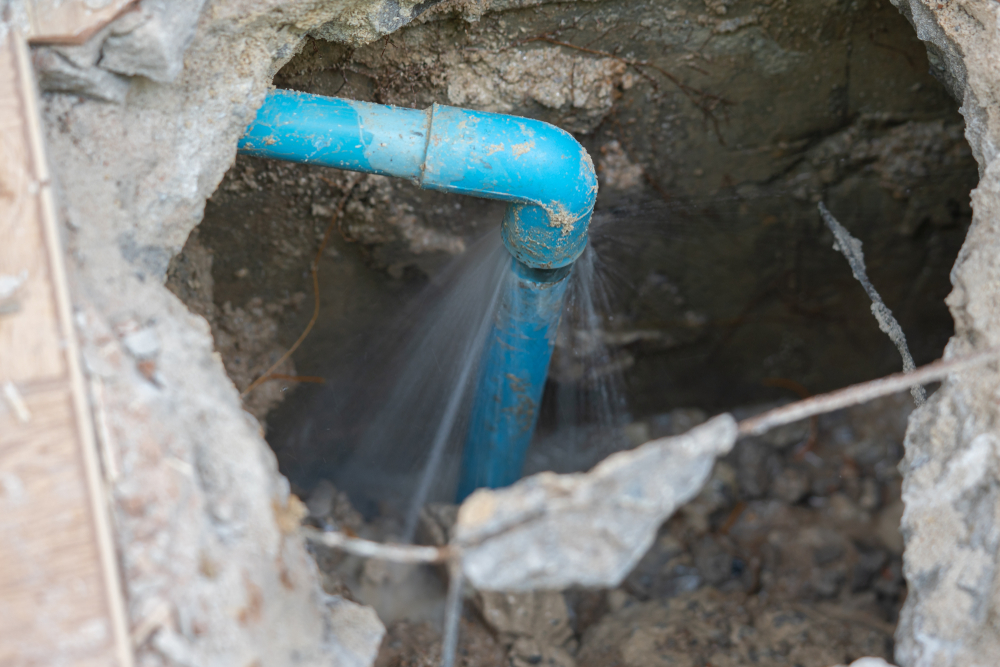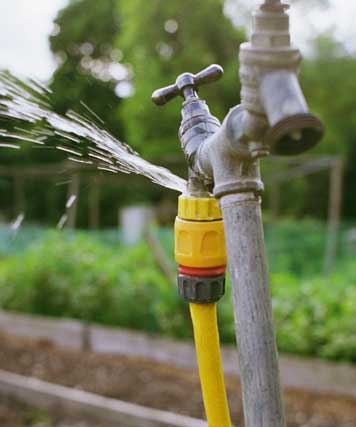Overview To Water Leakage Detection In Your Home
Overview To Water Leakage Detection In Your Home
Blog Article
What're your opinions concerning Finding hidden leaks?

Early detection of dripping water lines can reduce a prospective catastrophe. Besides conserving you money, it will certainly lessen the irritation and also aggravation. The moment you find a leakage, calling your plumber for repair work is the very best solution. Some tiny water leakages may not be noticeable. Here are some hacks that help if you can not spot it with your naked eyes.
1. Take A Look At the Water Meter
Every home has a water meter. Inspecting it is a guaranteed way that helps you uncover leaks. For starters, switch off all the water sources. Make sure no person will purge, use the tap, shower, run the washing device or dish washer. From there, go to the meter as well as watch if it will certainly alter. Since nobody is using it, there ought to be no movements. If it moves, that indicates a fast-moving leakage. If you discover no adjustments, wait an hour or two and check back again. This suggests you might have a slow leakage that might even be below ground.
2. Inspect Water Intake
If you find sudden changes, despite your intake being the same, it means that you have leakages in your plumbing system. An unexpected spike in your expense indicates a fast-moving leak.
Meanwhile, a constant boost on a monthly basis, despite having the very same routines, reveals you have a sluggish leak that's additionally gradually escalating. Call a plumber to completely inspect your residential property, especially if you feel a cozy location on your floor with piping underneath.
3. Do a Food Coloring Examination
When it comes to water usage, 30% comes from toilets. If the shade in some way infiltrates your dish during that time without flushing, there's a leakage between the storage tank as well as bowl.
4. Asses Outside Lines
Do not forget to check your exterior water lines too. Needs to water seep out of the connection, you have a loosened rubber gasket. One small leak can lose tons of water as well as surge your water costs.
5. Evaluate and Examine the Situation
House owners must make it a practice to inspect under the sink counters and also inside closets for any kind of bad odor or mold and mildew development. These two warnings suggest a leakage so punctual attention is called for. Doing routine examinations, even bi-annually, can save you from a major issue.
More notably, if you understand your house is currently old, keep a watchful eye on your heating systems, hose pipes, pipes and so on. Look for stainings and weakening as many pipes and appliances have a life expectancy. They will also naturally degrade due to tear and wear. If you believe dripping water lines in your plumbing system, don't wait on it to intensify. Call a specialist plumber as soon as possible so you do not end up with a horrible mess in your home.
Early detection of leaking water lines can minimize a potential disaster. Some tiny water leakages may not be visible. Checking it is a surefire means that helps you uncover leakages. One little leakage can throw away bunches of water as well as surge your water expense.
If you think dripping water lines in your plumbing system, do not wait for it to escalate.
WARNING SIGNS OF WATER LEAKAGE BEHIND THE WALL
PERSISTENT MUSTY ODORS
As water slowly drips from a leaky pipe inside the wall, flooring and sheetrock stay damp and develop an odor similar to wet cardboard. It generates a musty smell that can help you find hidden leaks.
MOLD IN UNUSUAL AREAS
Mold usually grows in wet areas like kitchens, baths and laundry rooms. If you spot the stuff on walls or baseboards in other rooms of the house, it’s a good indicator of undetected water leaks.
STAINS THAT GROW
When mold thrives around a leaky pipe, it sometimes takes hold on the inside surface of the affected wall. A growing stain on otherwise clean sheetrock is often your sign of a hidden plumbing problem.
PEELING OR BUBBLING WALLPAPER / PAINT
This clue is easy to miss in rooms that don’t get much use. When you see wallpaper separating along seams or paint bubbling or flaking off the wall, blame sheetrock that stays wet because of an undetected leak.
BUCKLED CEILINGS AND STAINED FLOORS
If ceilings or floors in bathrooms, kitchens or laundry areas develop structural problems, don’t rule out constant damp inside the walls. Wet sheetrock can affect adjacent framing, flooring and ceilings.
https://www.servicemasterbyzaba.com/blog/how-to-detect-water-leakage-in-walls/

I'm certainly very fascinated with Locating water leaks and I hope you liked our piece. Liked our write up? Please share it. Let somebody else locate it. Bless you for your time. Kindly come by our blog back soon.
Report this page